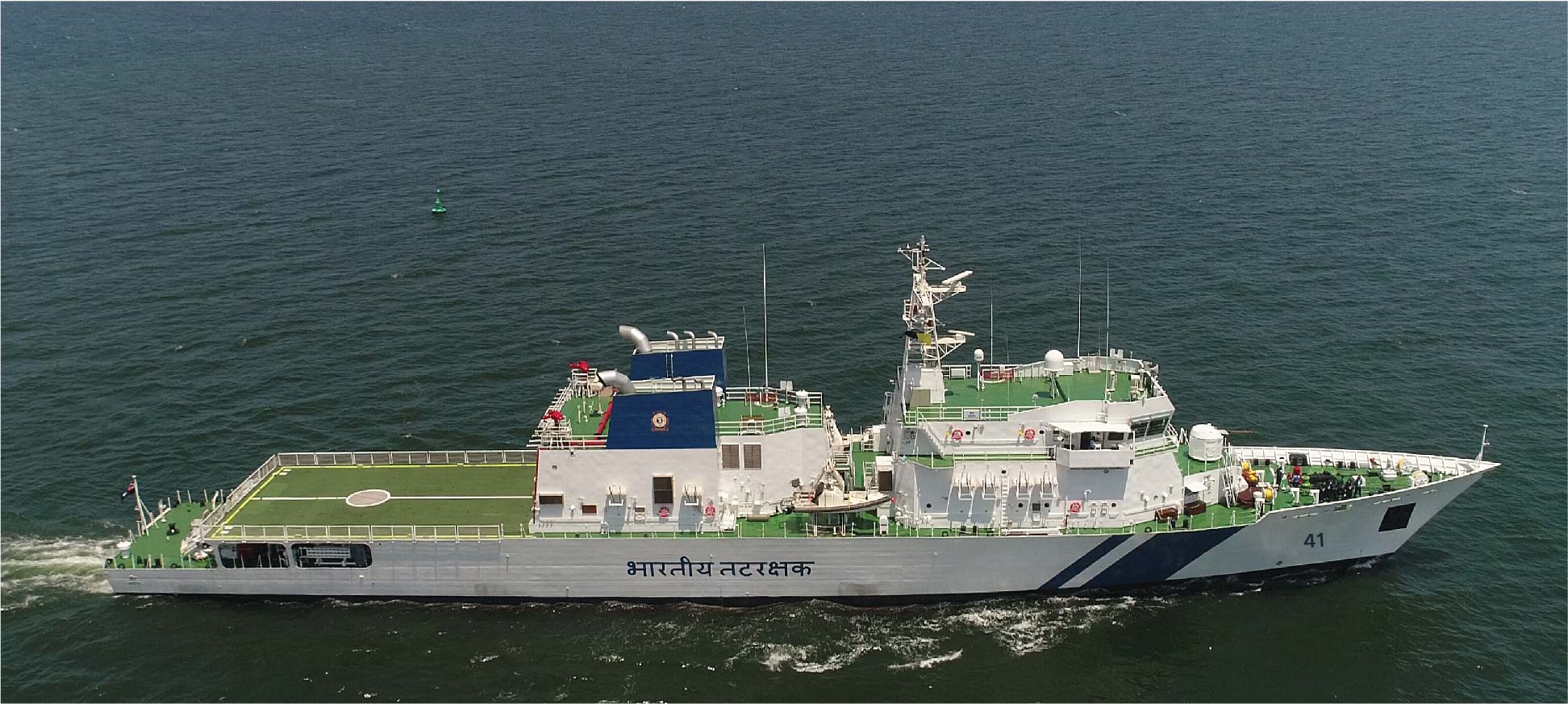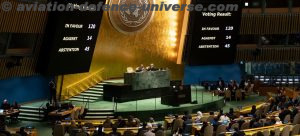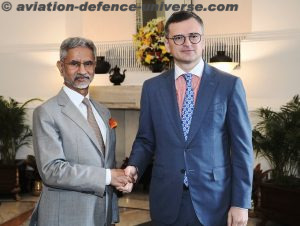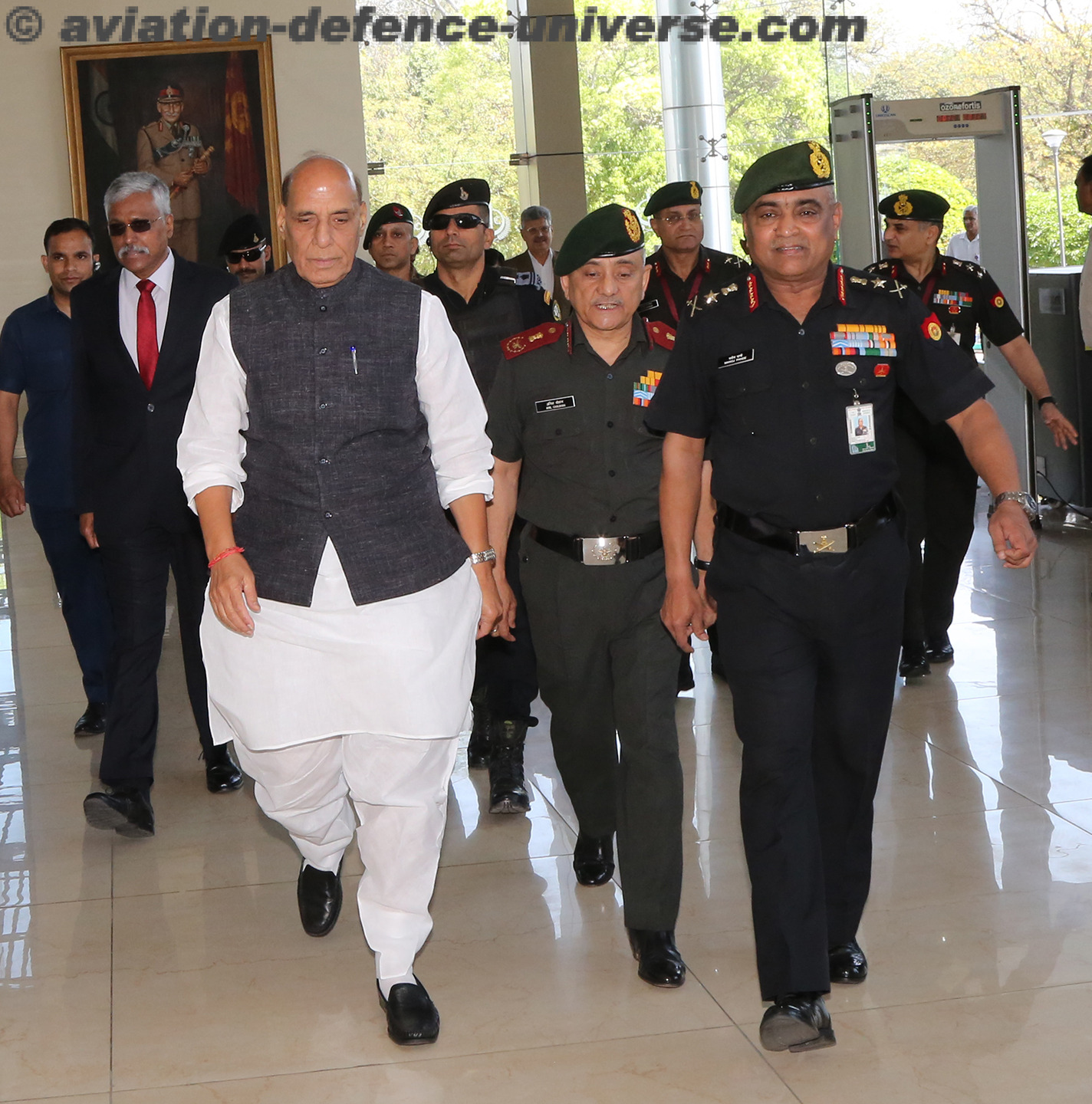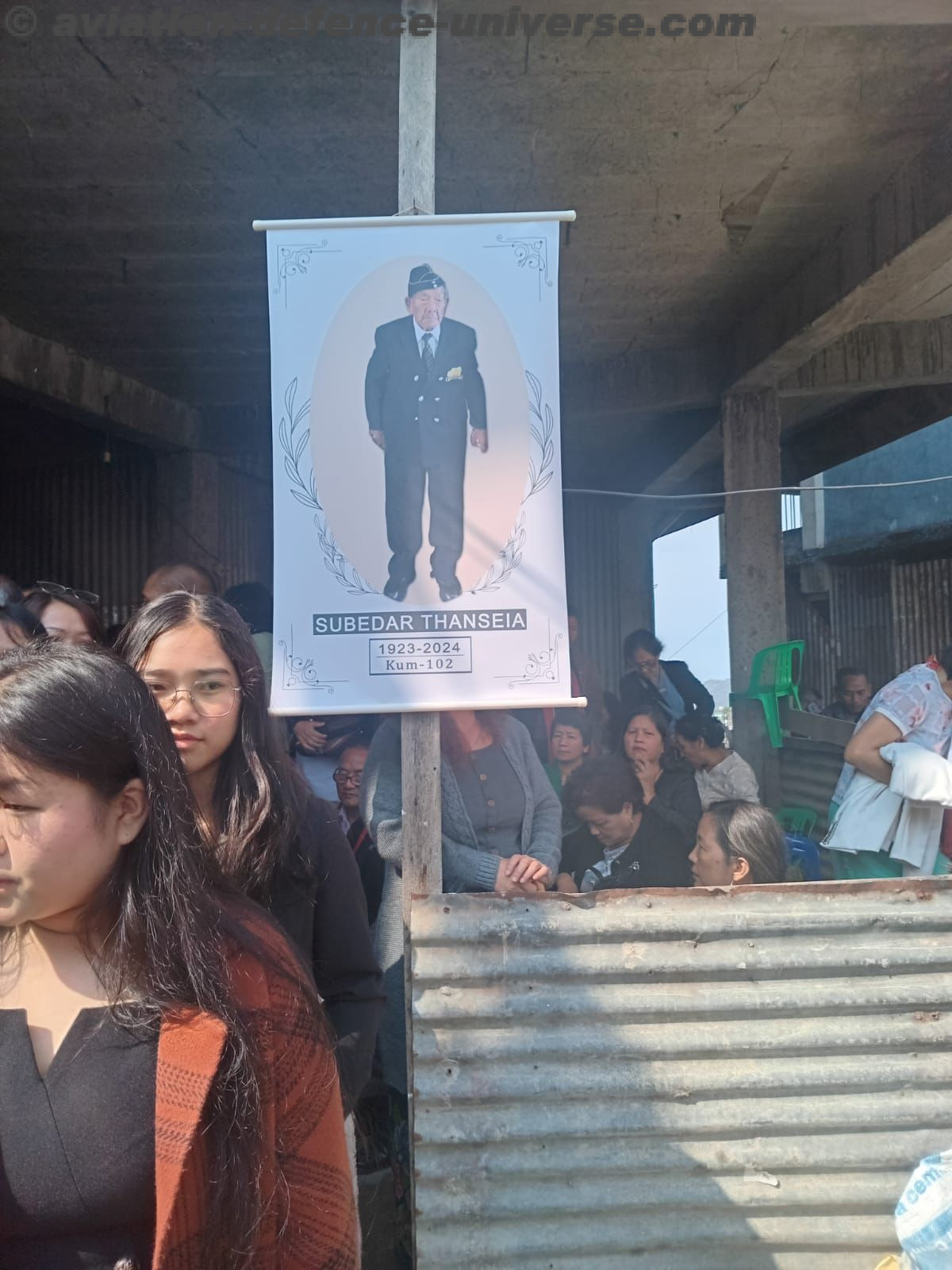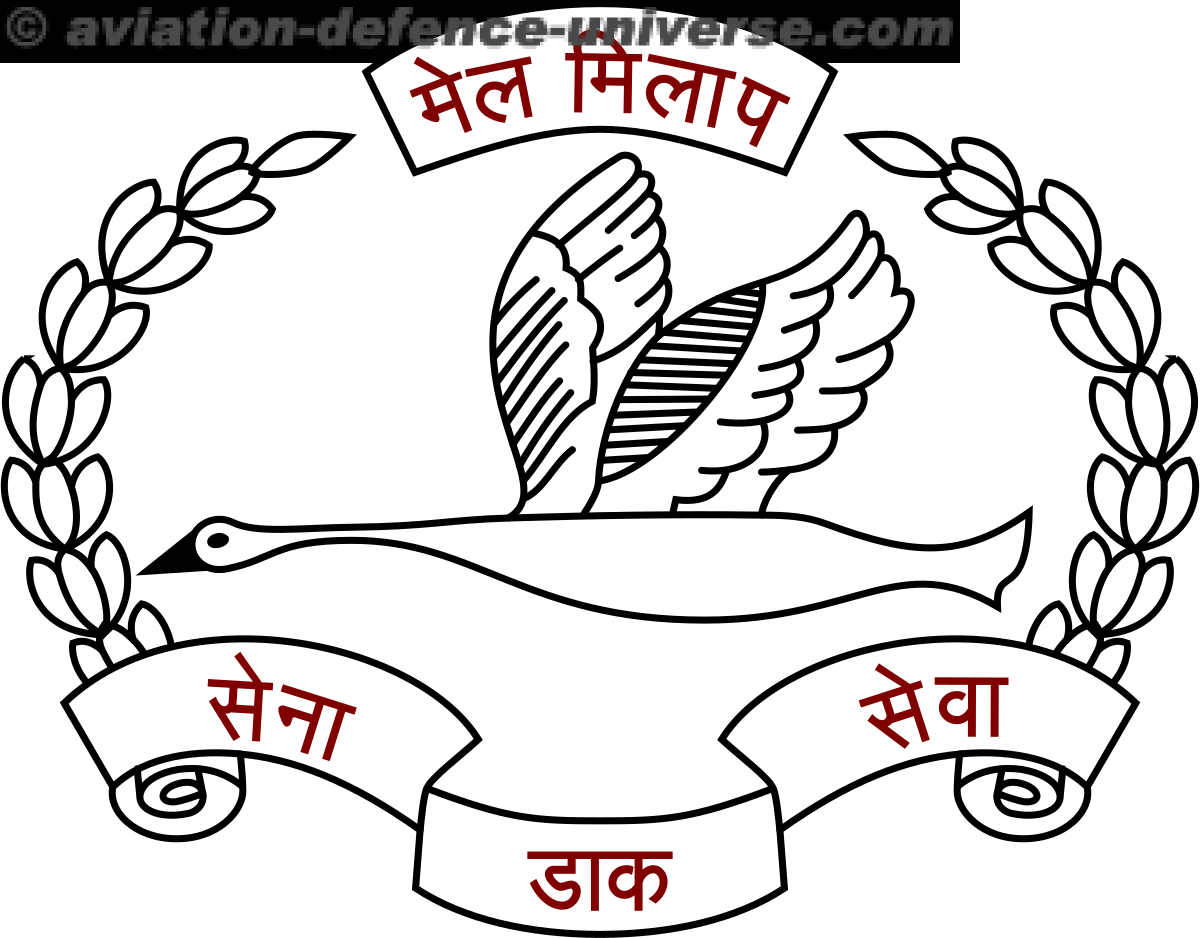- Parrikar’s maiden visit to China begins
By Brig.Vijay Atray & Sangeeta Saxena.
Singapore & New Delhi. 18 April, 2016. Amidst mumbles of discontent and sharp Indian reactions on Beijing’s move to block India’s attempts in the UN to ban Pakistan-based terror group JeM chief Masood Azhar and a friendly border meeting at Daulat Beg Oldie (DBO) between the two just a few days back, Defence Minister Manohar Parrikar is on a four days visit to China to strengthen Sino-Indian defence ties and enhance bilateral relations.
The two nations have come a long way since the Agreement on Maintenance of Peace and Tranquillity, 1993 along the LAC in India-China Border Area signed between the two neighbours trying to be friends. Strengthening military confidence building measures on land and maritime issues, expanding economic activity and developing infrastructure for connectivity seem to have become the main points of the agenda in the Sino-Indian ties.
The China-India watchers feel that confidence-building measures (CBMs) are expected to revolve around New Delhi’s insistence on the clarification of the Line of Actual Control (LAC) and Beijing’s on the elaboration of a code of conduct among border troops. The two neighbours will try to bring about the effective implementation of the bilateral border defence cooperation agreement (BDCA) inked in October 2013.
To recall, the Agreement between the Government of India and the Government of the People’s Republic of China on the Establishment of a Working Mechanism for Consultation and Coordination on India-China Border Affairs signed on 17th January 2012, was agreed upon in many points.
One of these was that the two sides shall carry out border defence cooperation on the basis of their respective laws and relevant bilateral agreements. The other was two sides shall implement border defence cooperation by exchange information-including information about military exercises, aircrafts, demolition operations and unmarked mines and take consequent measures conducive to the maintenance of peace, stability and tranquility along the line of actual control in the India-China border areas, jointly combat smuggling of arms, wildlife, wildlife articles and other contrabands, assist the other side in locating personnel, livestock, means of transport and aerial vehicles that may have crossed or are possibly in the process of crossing the line of actual control in the India-China border areas,work with the other side in combating natural disasters or infectious diseases that may affect or spread to the other side and any other way mutually agreed upon by the two sides.
Border deference cooperation visualized in this agreement had to be implemented through flag meeting or border personnel meeting at designated places along the line of actual control in the India-China border areas, periodic meeting between officers of the relevant Military Regions of China and Army Commands of India and between departments responsible for military operations , periodic meeting of the representatives of the Ministry of Defence of the Government of India and the Ministry of National Defence of the People’s Republic of China, meeting of the Working Mechanism for Consultation and Coordination on India-China Border Affairs and meeting of India-China Annual Defence Dialogue.
In implementing border defence cooperation and to facilitate contacts and meetings between relevant organizations, the two sides may establish Border Personnel Meeting sites in all sectors, as well as telephone contacts and telecommunication links at mutually agreed locations along the line of actual control. The two sides may also consider establishing a Hotline between the military headquarters of the two countries. Specific arrangements shall be decided upon through mutual consultation between the two sides.
In order to enhance understanding and cooperation between the border defence forces of the two sides, each side may invite the other side for joint celebrations on major national or military days or festivals and organize cultural activities, non-contact sports events and small scale tactical exercises along the line of actual control in the India-China border areas. In addition, the two sides may also conduct joint military training exercises, at Army level, in each other’s country on a regular basis. The theme of such joint exercises will be decided through mutual consultations.
The two sides agreed that they shall not follow or tail patrols of the other side in areas where there is no common understanding of the line of actual control in the India-China border areas.
In case a doubtful situation arises with reference to any activity by either side in border areas where there is no common understanding of the line of actual control, either side has the right to seek a clarification from the other side. In such cases, the clarification shall be sought and replies to them shall be conveyed through any of the mechanisms established under Article III of this Agreement.
The two sides agreed that if the border defence forces of the two sides come to a face-to-face situation in areas where there is no common understanding of the line of actual control, both sides shall exercise maximum self-restraint, refrain from any provocative actions, not use force or threaten to use force against the other side, treat each other with courtesy and prevent exchange of fire or armed conflict. The two sides shall implement this Agreement without prejudice to their respective positions on the alignment of the line of actual control as well as on the boundary question.
Prime Minister Narendra Modi has been an admirer of China, its hard working, disciplined and resilient nature and above all, its sense of history. China’s President Xi Jinping and Prime Minister Modi are realising that there was no point in waiting for the resolution of their long standing disputes and are focusing on building a strong economic, trade and commercial relationship by pooling their resources and geographical advantages for mutual benefit. China has reciprocated Modi’s invitation to invest in infrastructure and manufacturing industries in India. India has shown its readiness to join the BCIM (Bangladesh-China-India-
But boundary issue is a major dampner in Sino-Indian relations. Like a thorn in the flesh, it often hurts the national feelings of the two nations. To resolve this both sides need to maintain strategic patience, meet each other half way, proceed gradually but surely and jointly create and accumulate all kinds of favourable conditions. Lets hope the Defence Minister helps in his own way to get this dispute a little nearer solution.









